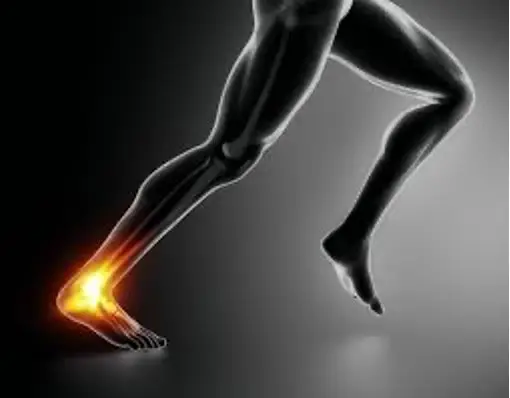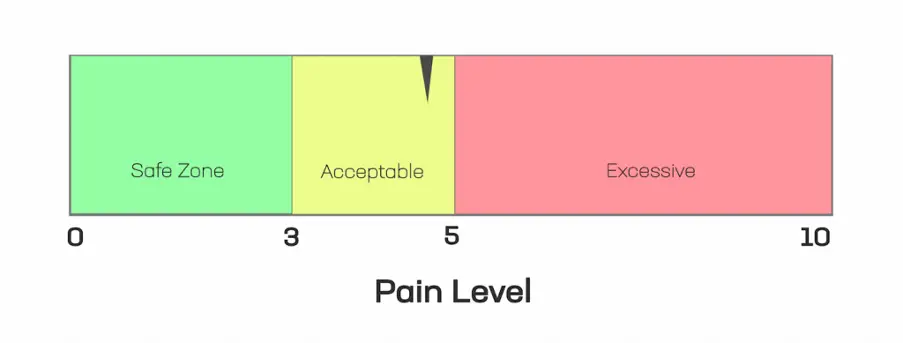Tendons are structures in the body that link muscles to bone. When you activate muscles around your shoulder for example, think of the tendon as a rope that pulls on the bone to bring your arm over your head.


If you’ve ever been told your tendons are degenerated or irritated or even torn, that doesn’t mean they’ll never heal. Tendons are constantly reshaping and healing themselves, they adapt to all your daily activities and tasks over time. This is a process that continues for the rest of your life! When you gradually start running more often, your tendons adapt and become stronger so they’re able to keep up with the new distances you push yourself to run.
So how do tendons get irritated? Can you think of a time where you were less active, and then suddenly decided to get back into playing a sport, going to the gym or going for a run but then the next day your body aches far more than usual? Just like your muscles, your tendons get irritated when you make a sudden jump from being a bit inactive to more active. This isn’t limited to going from doing nothing to a huge run either. If you’ve been consistently walking 5km every day then suddenly make a big jump to walk 15km in one go, that’s a big jump that your tendons don’t really like either. They don’t like that sudden increase; they like to be gradually introduced to longer runs or strenuous exercise and sport!


As we’ve talked before, tendons are constantly reshaping and remodelling to adapt. Normally they reshape and remodel to match the level of your everyday tasks and activities and adapt to become stronger and resilient. When they reach that point of irritation, instead of the tendon usually repairing itself to become stronger, it ends up becoming weaker without having the right amount of time to heal. So if you overload the tendon with sudden increase in activity, it doesn’t like it, but what happens if you completely stop doing everything altogether? Well tendons don’t like that either! If you stop all activity and rest, then you’re not giving the tendon any reason to reshape itself to become stronger, and so it stays exactly the same and doesn’t change to become better.
With rehab it’s really important to find that sweet spot in the middle to keep your tendons happy. We don’t want to overload your tendons, but we don’t want to underload them by stopping all activities either! Research shows that you should use pain as a guide to finding a a reasonable level of exercise and activity to match what your tendons can tolerate.


In summary, some take home points for yourself:
- Gradually increase the exercise that you’re doing – about 10% increase each week research shows is healthy
- If you have a tendon injury, the best thing you can do is to visit your local physio to help eradicate this problem so you can live life pain-free
- A period of rest when you have a tendon injury is actually not good either! You want a healthy load which encourages healing.
- A little bit of pain when loading the tendon (maximum 3/10 pain) is considered good and normal – just enough pain to allow for good healing but not enough pain to make things worse.
If you have any questions or troubles, please don’t hesitate to contact our friendly reception team or speak to our physiotherapists





